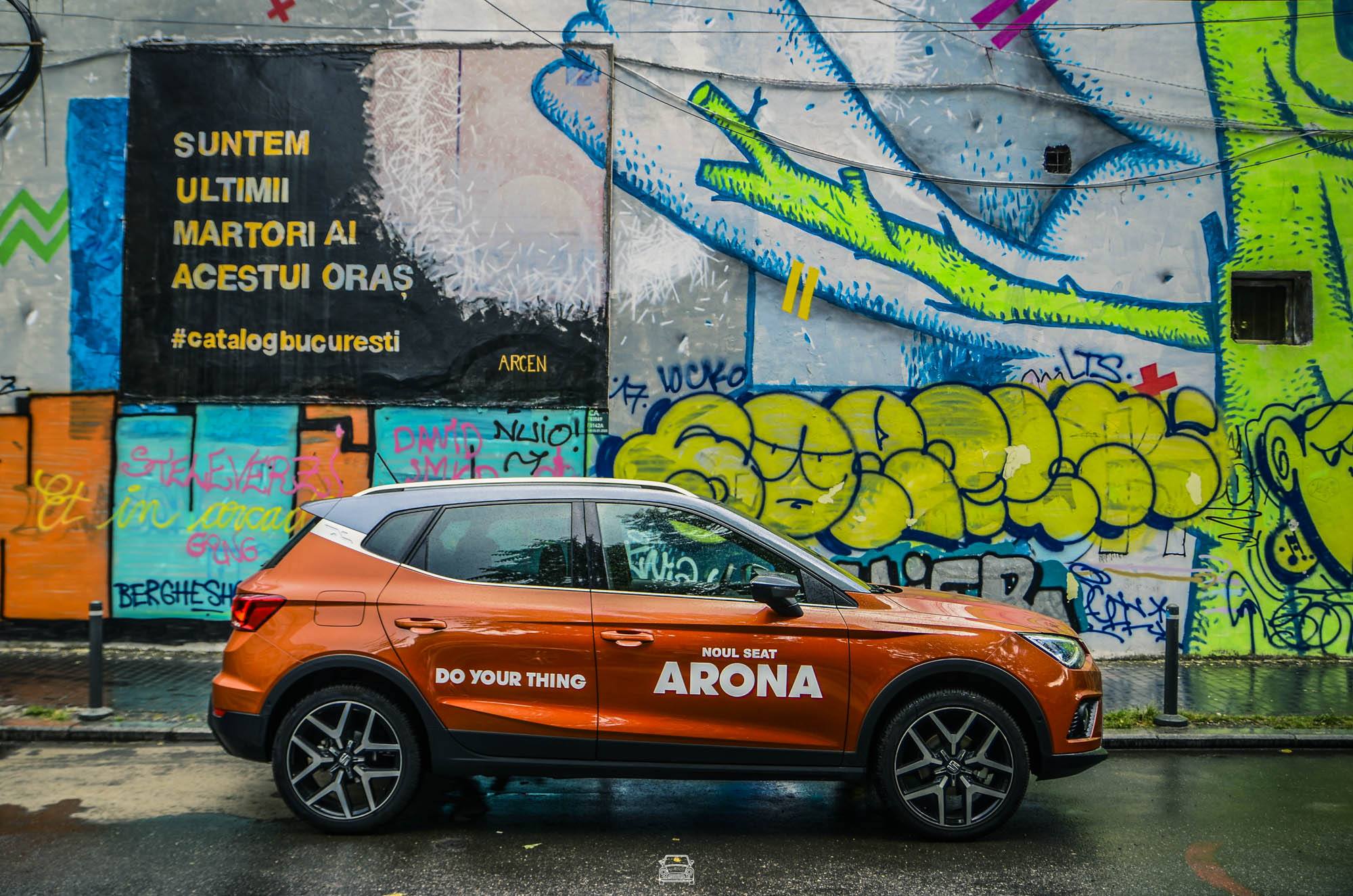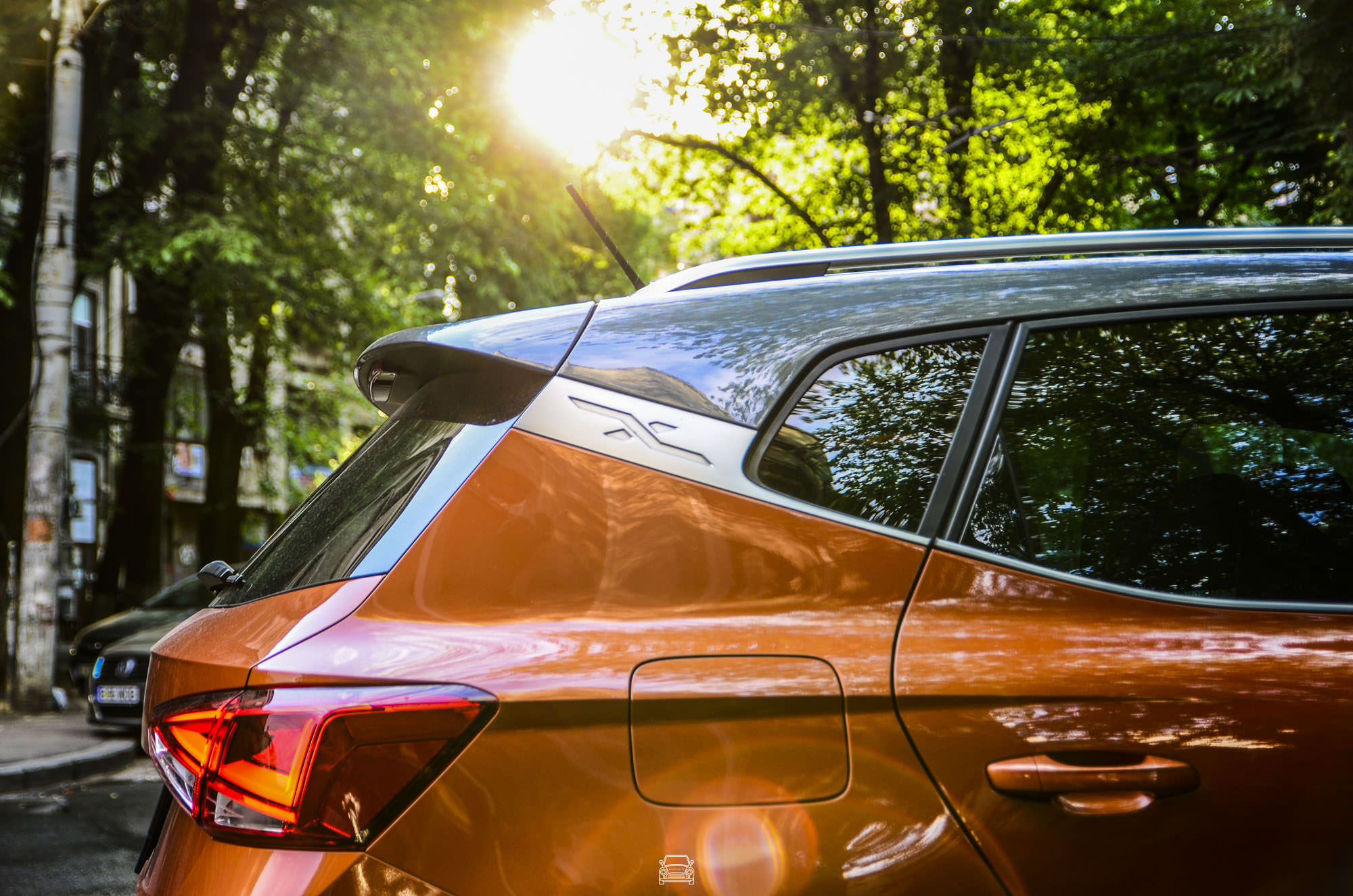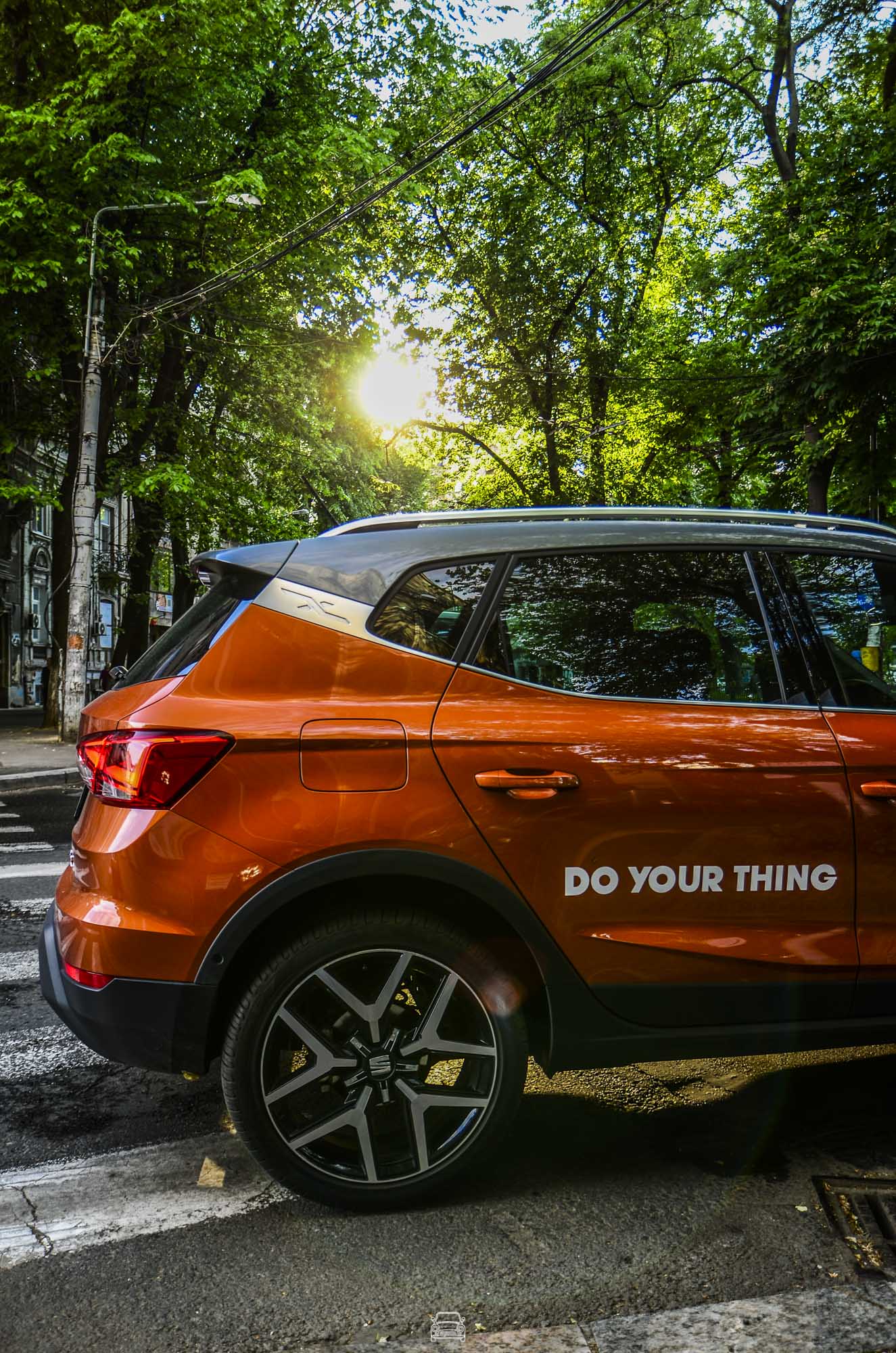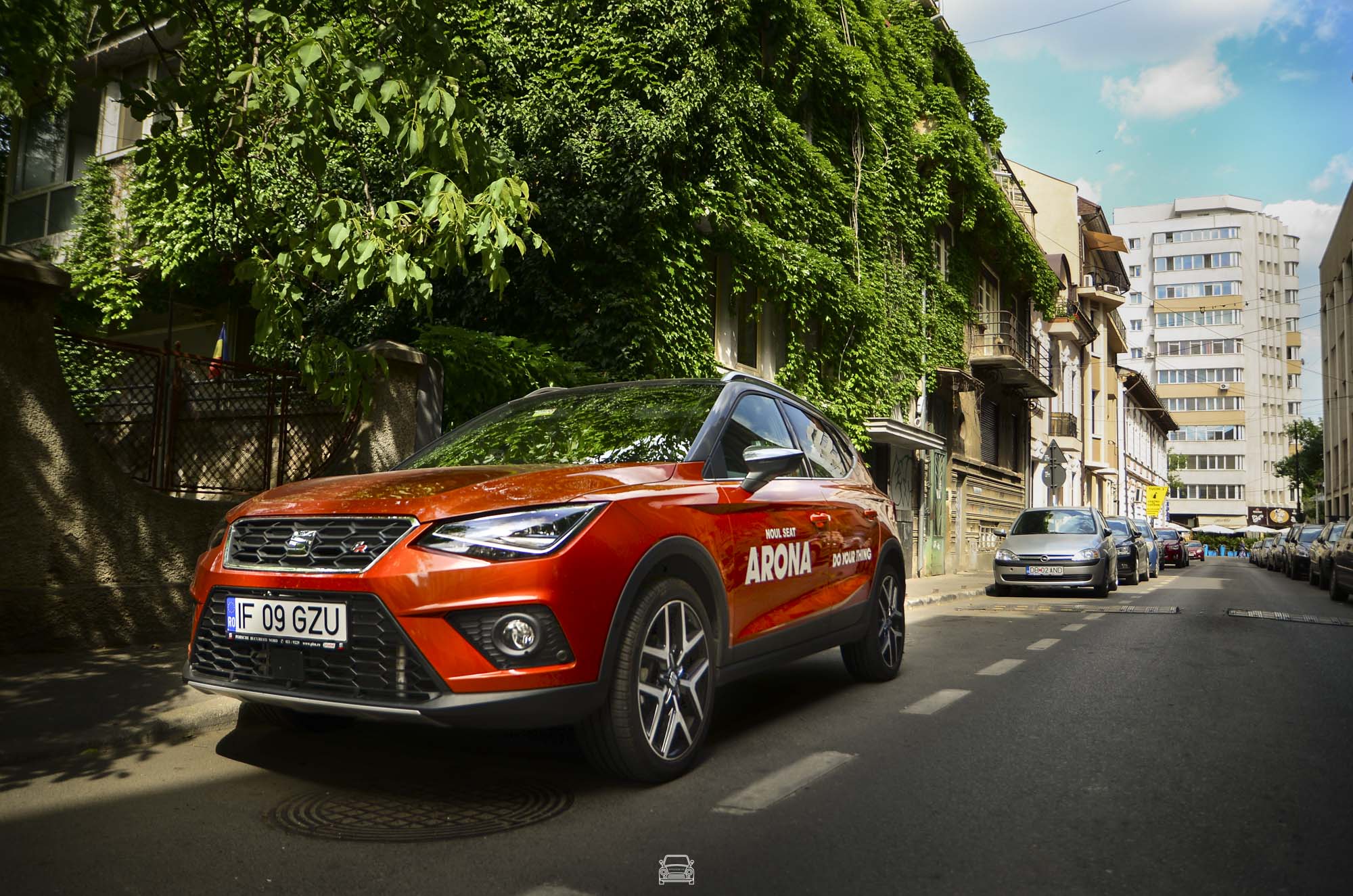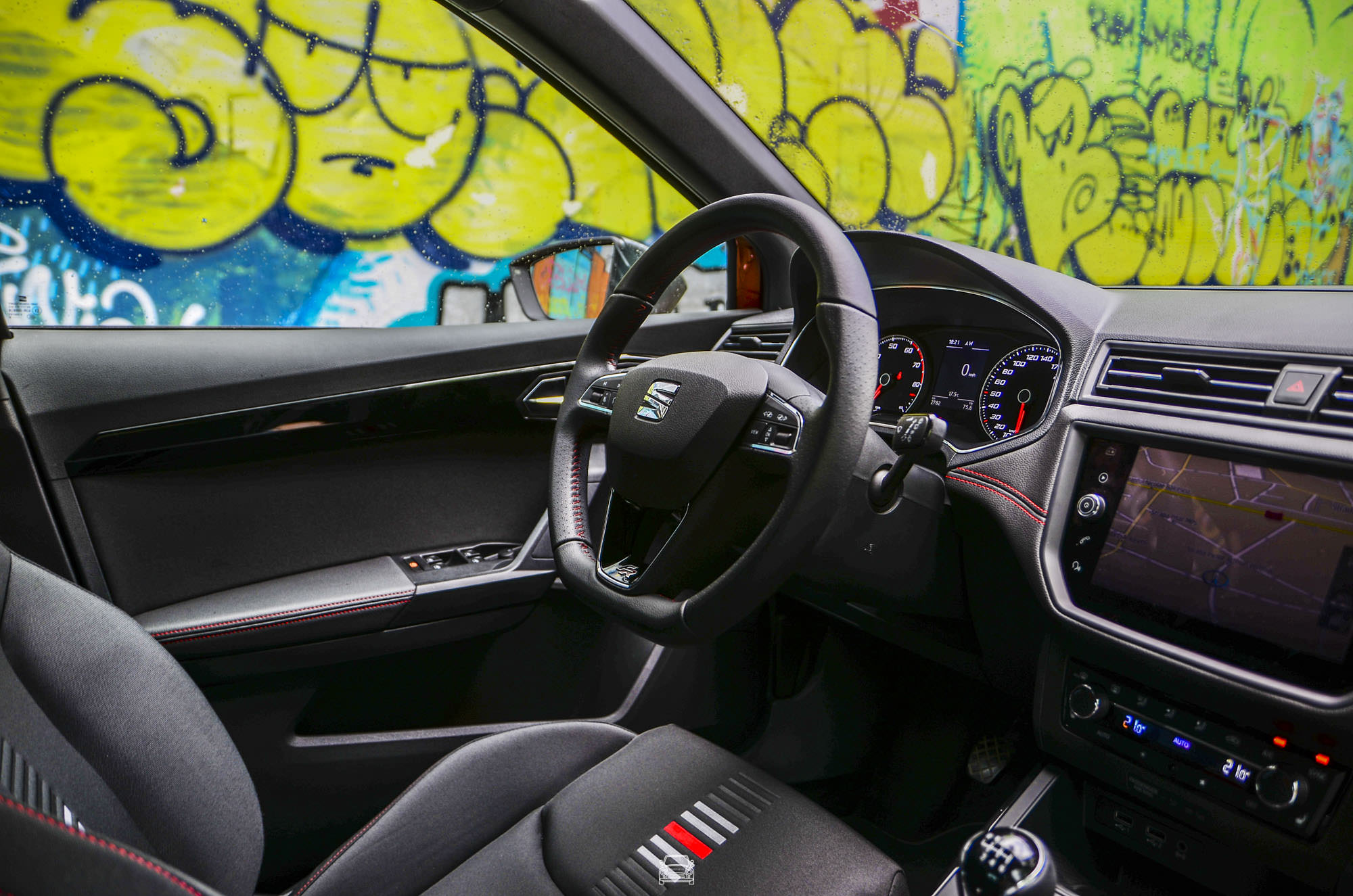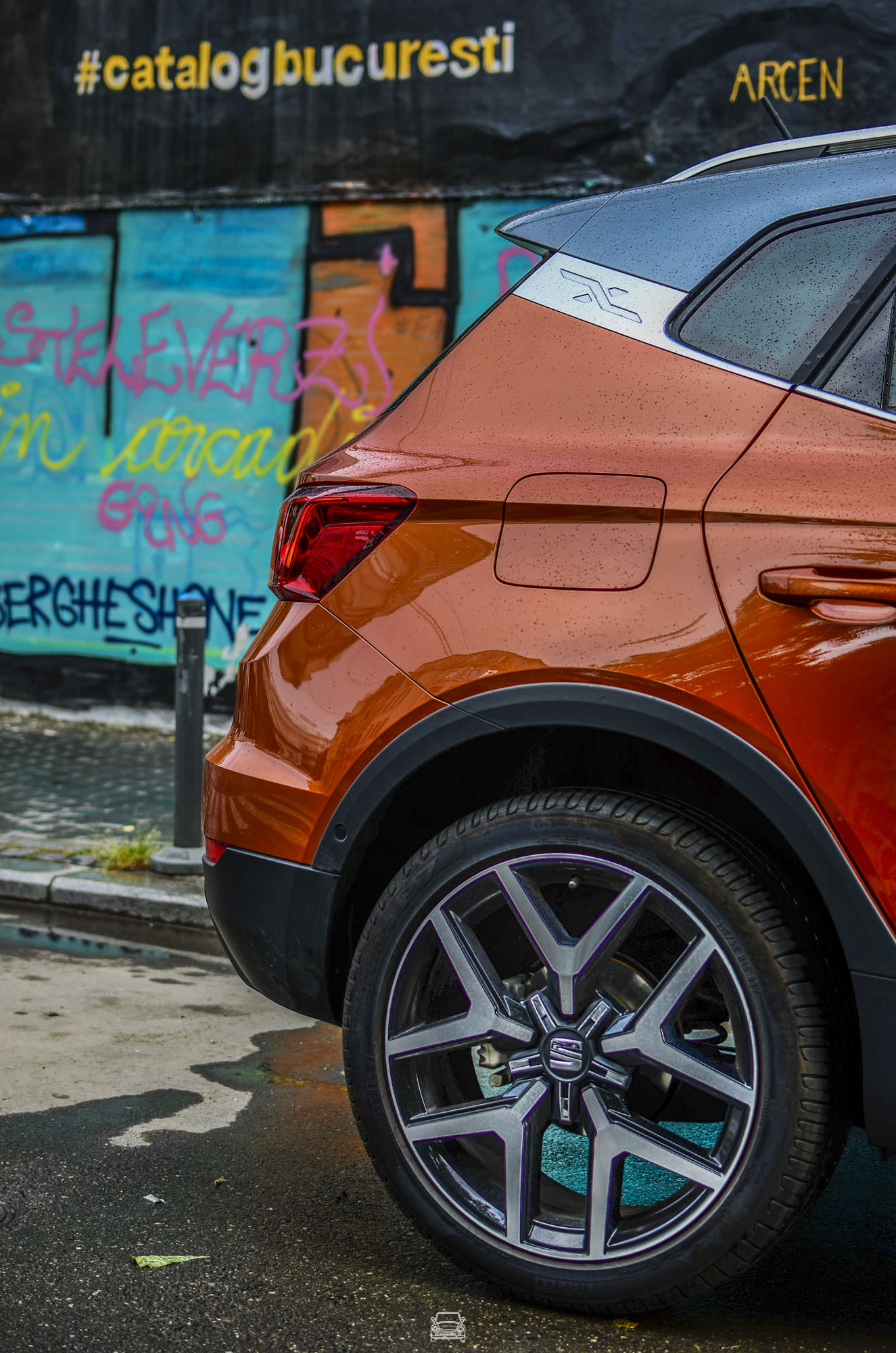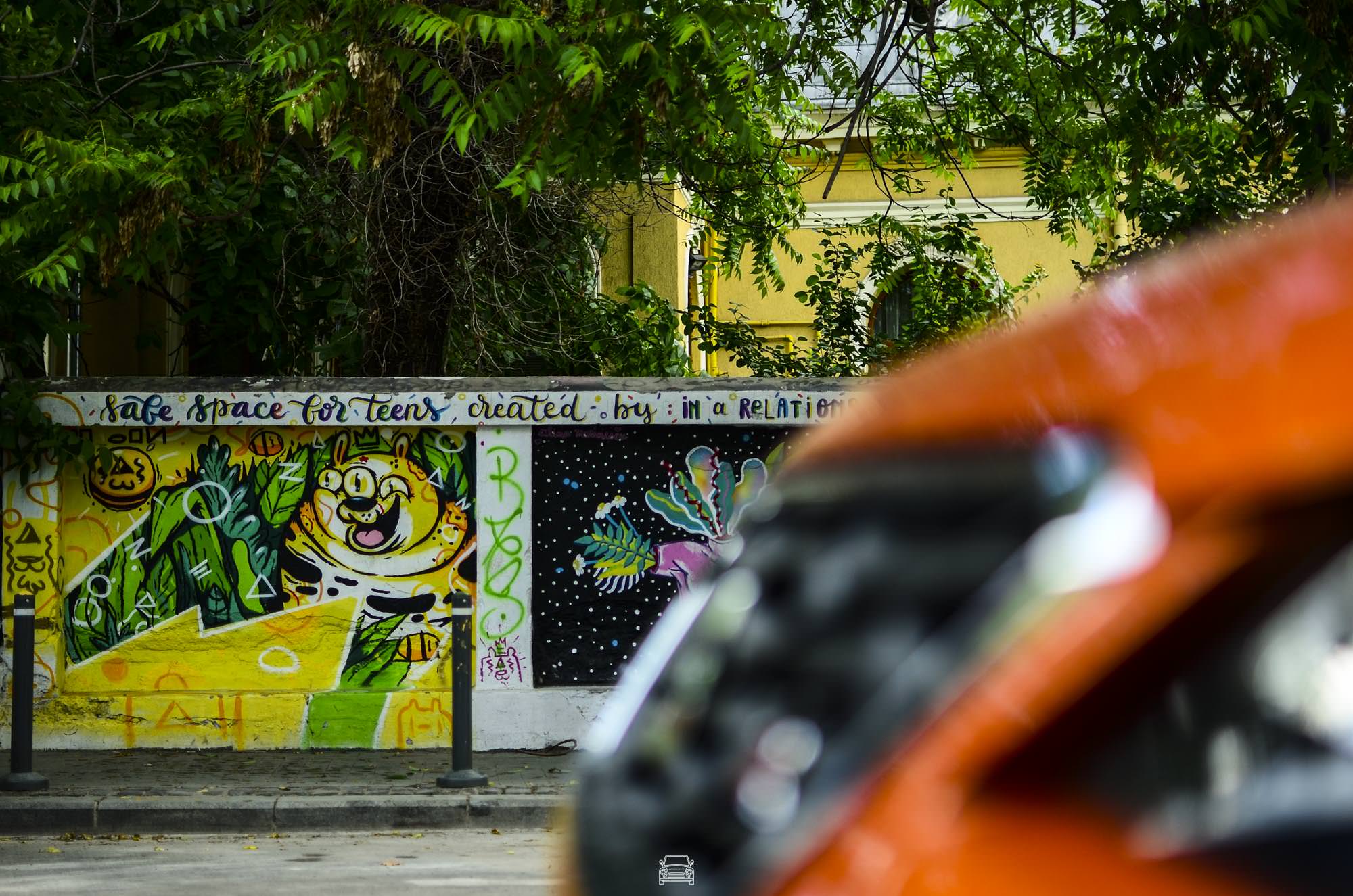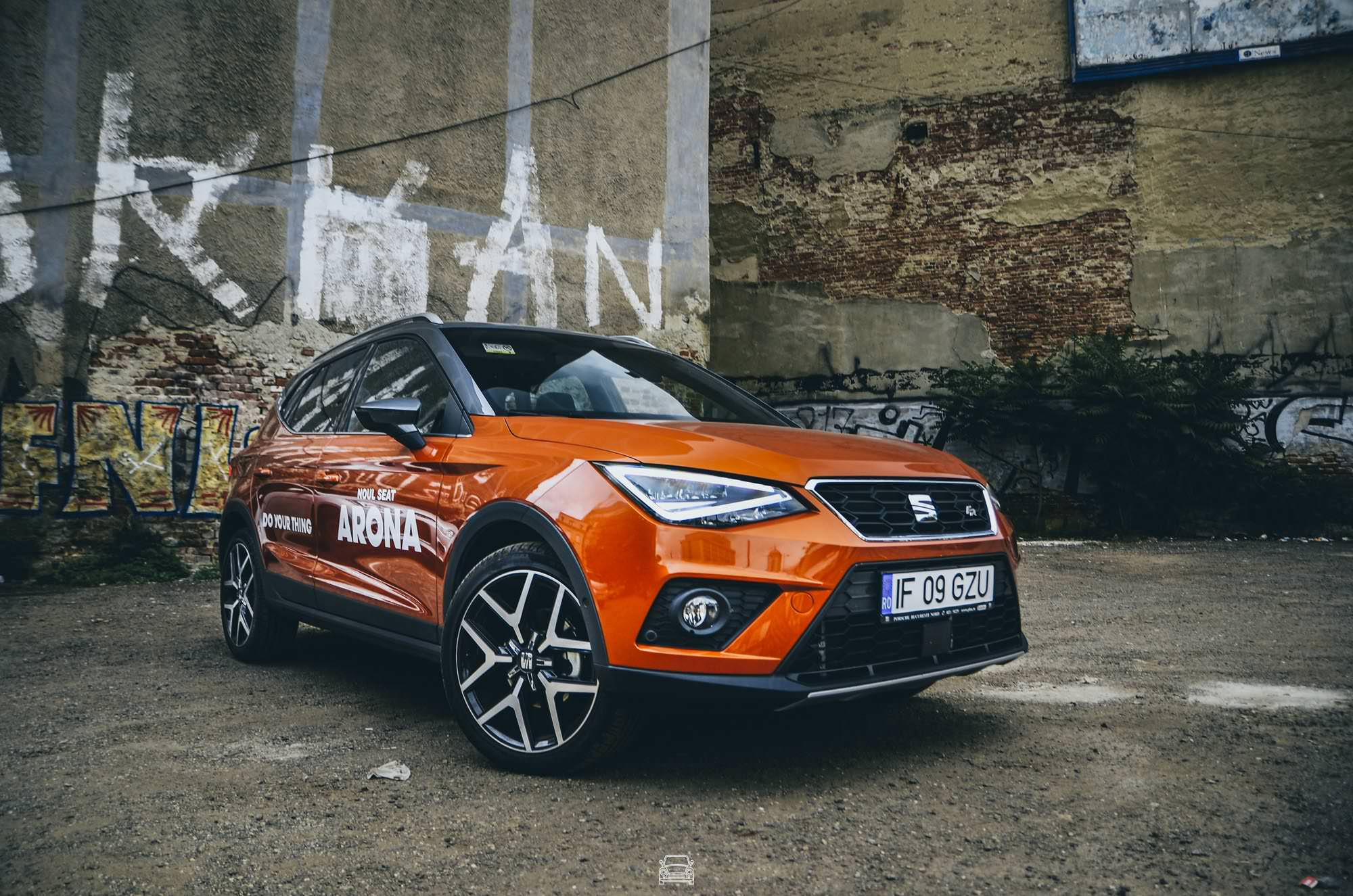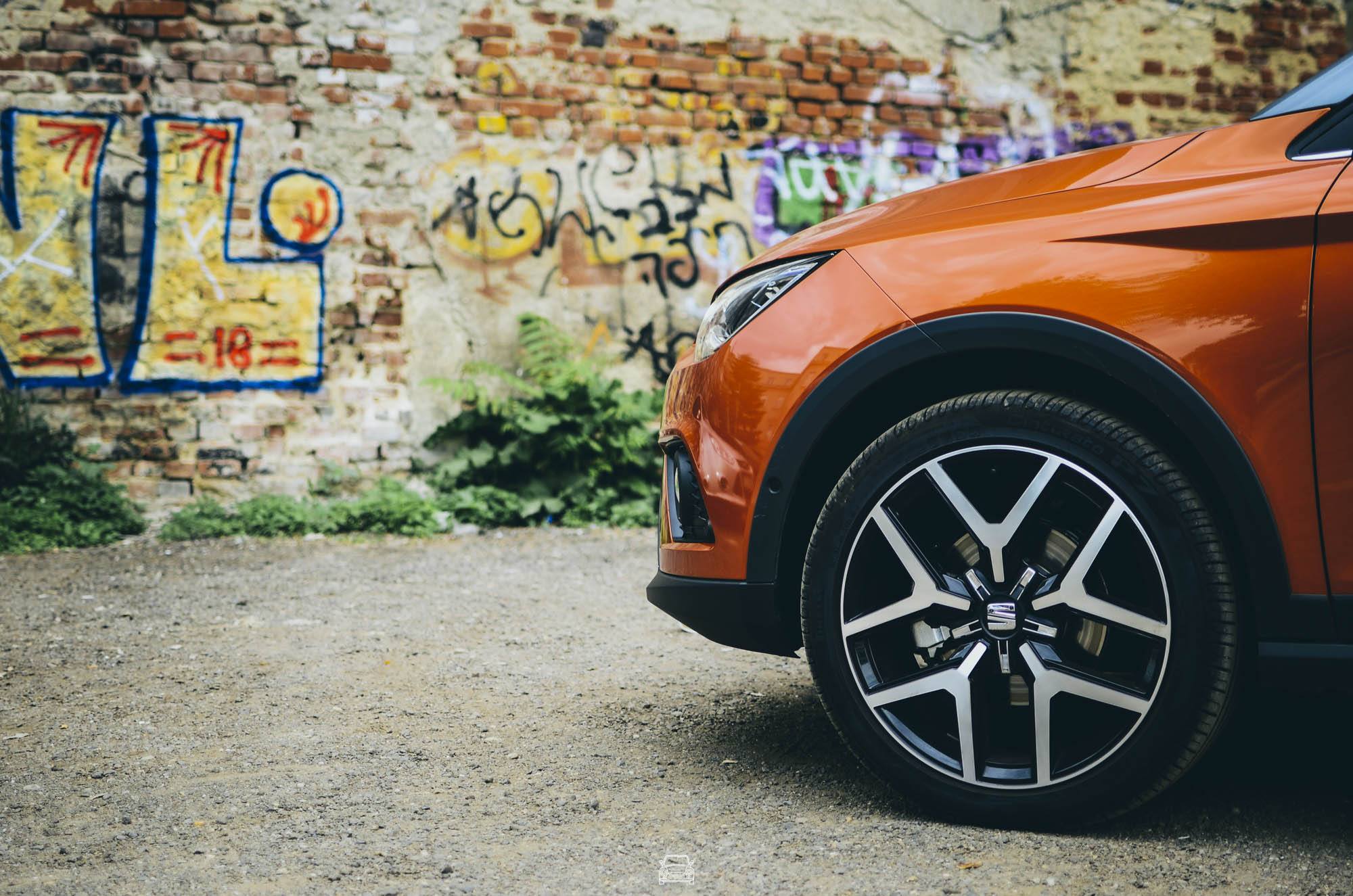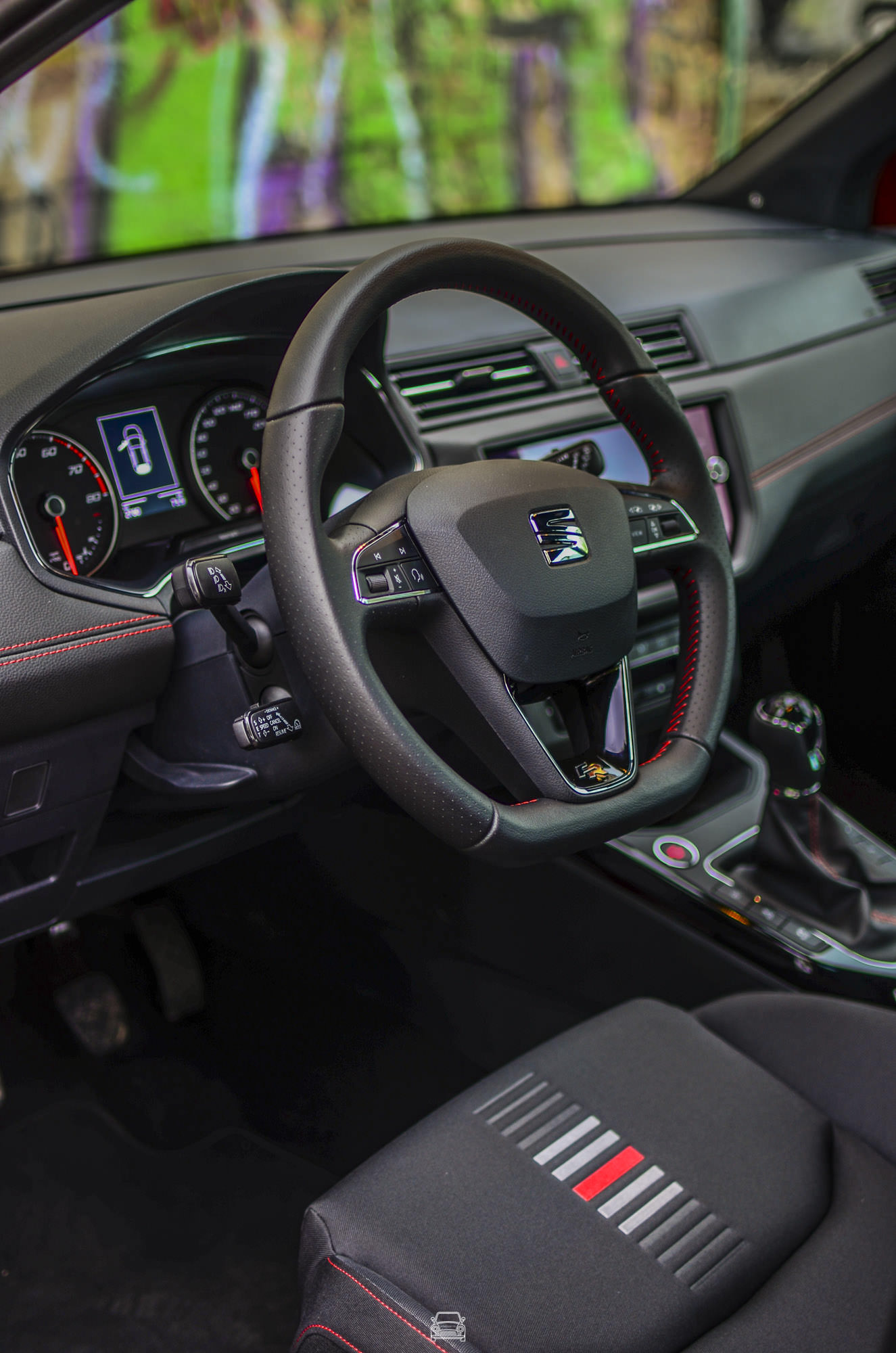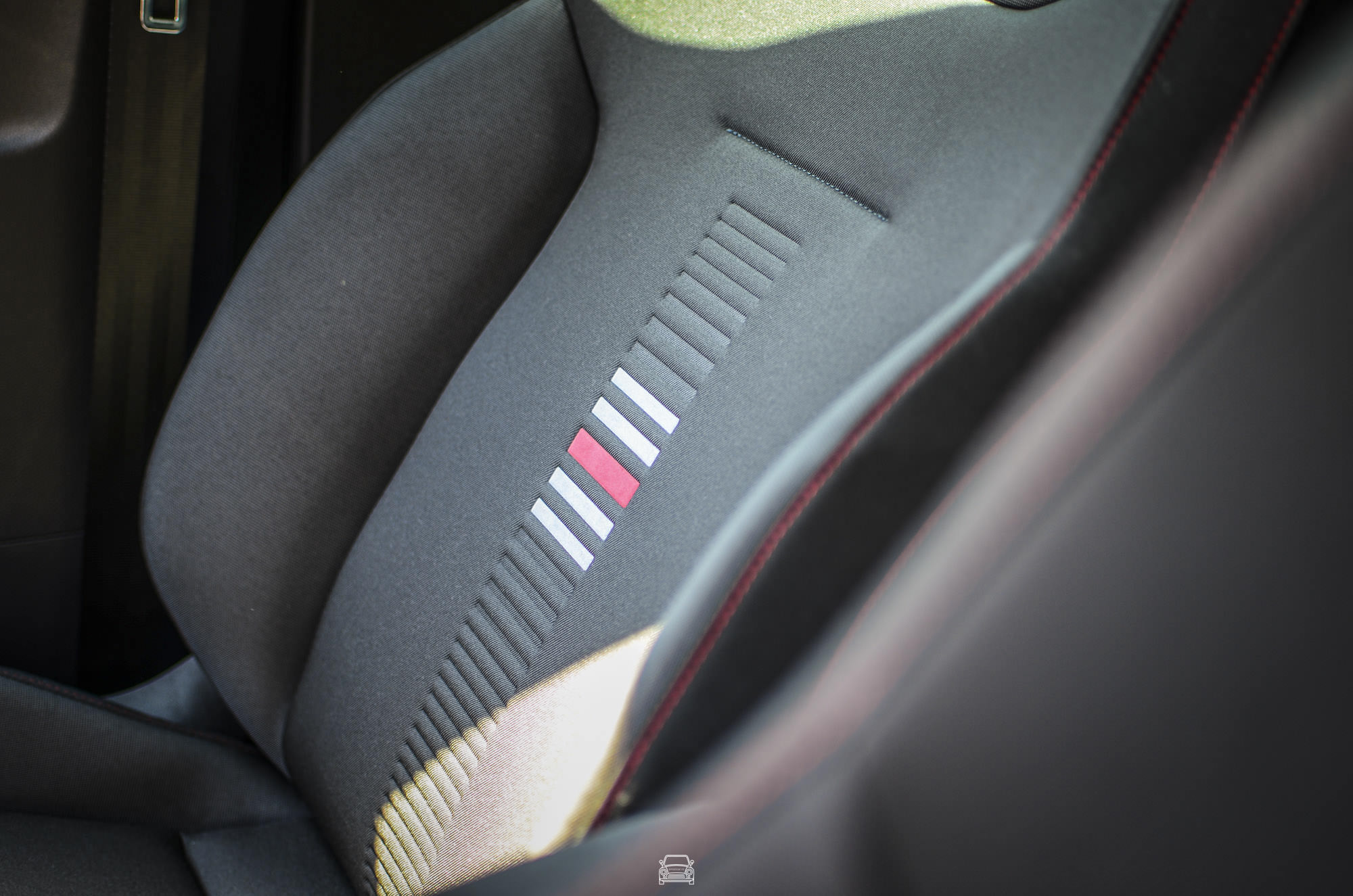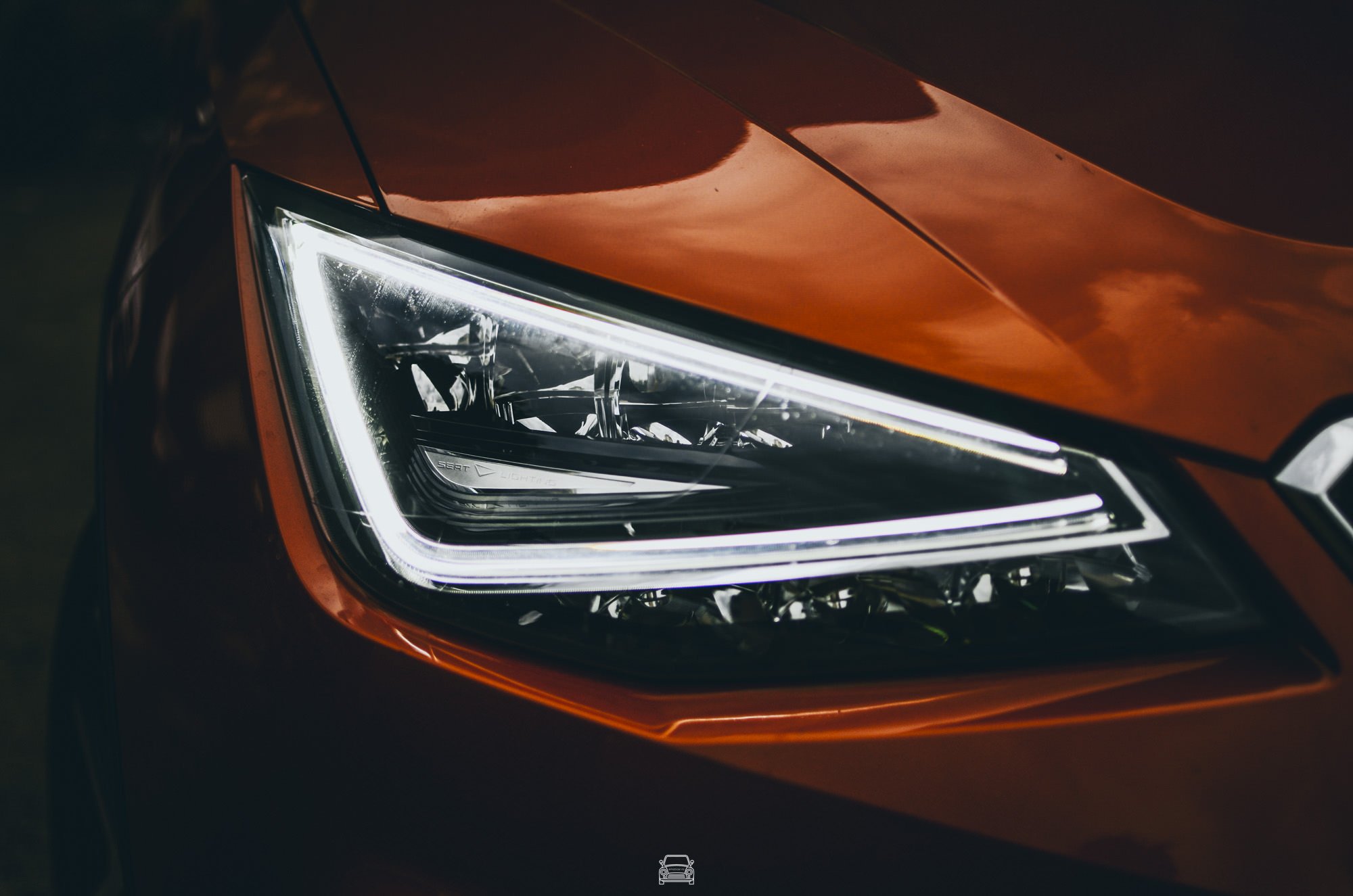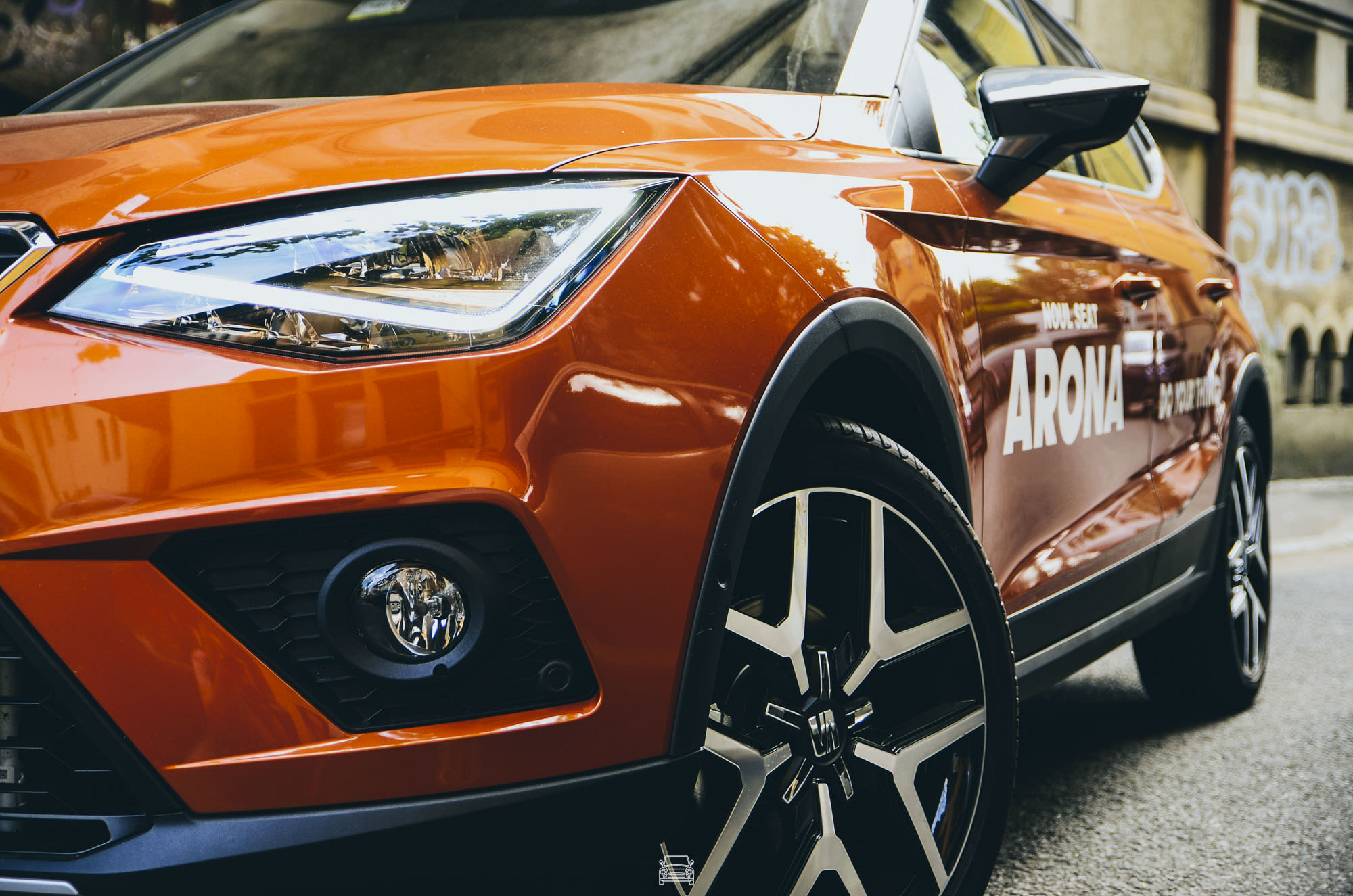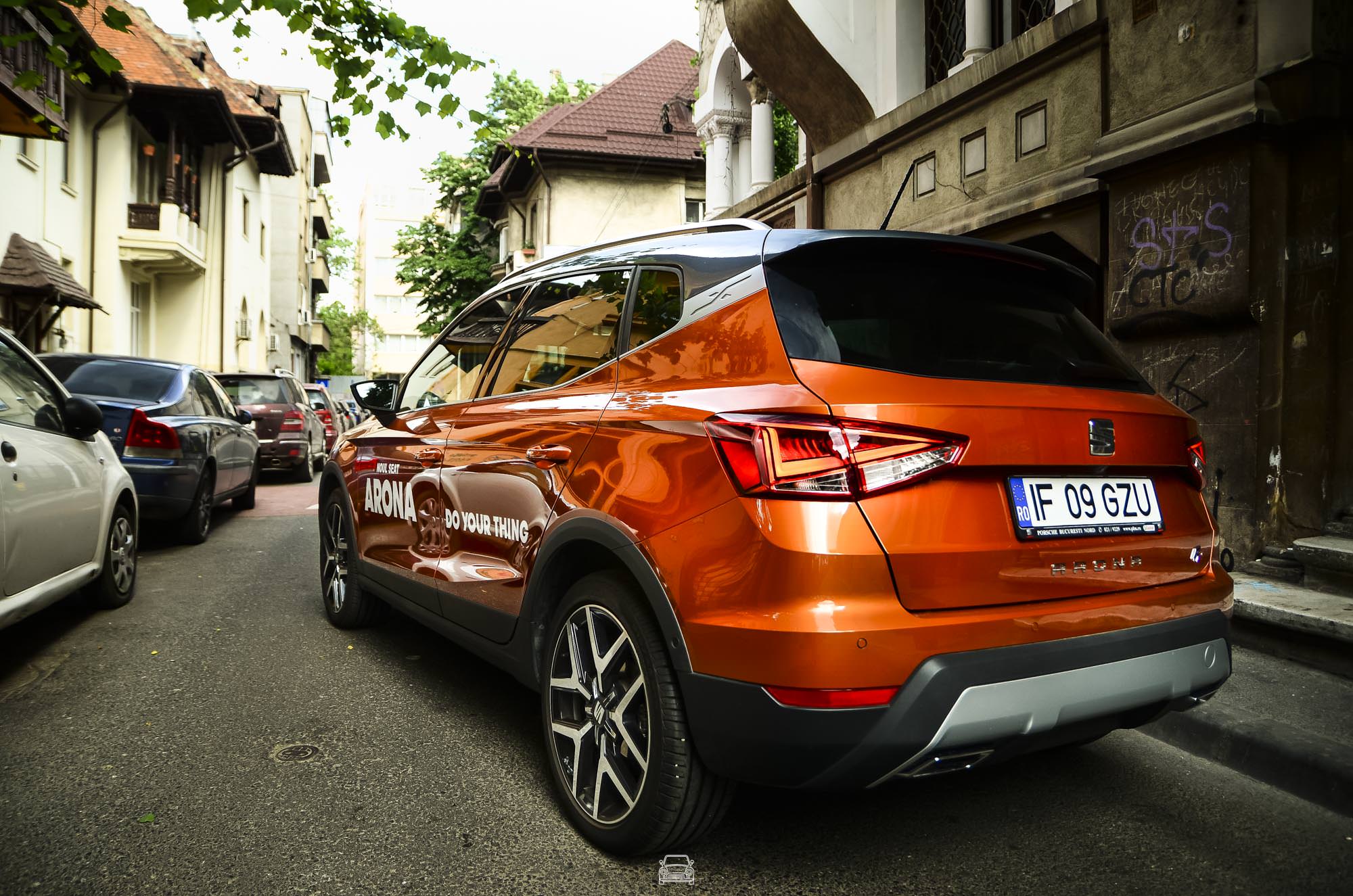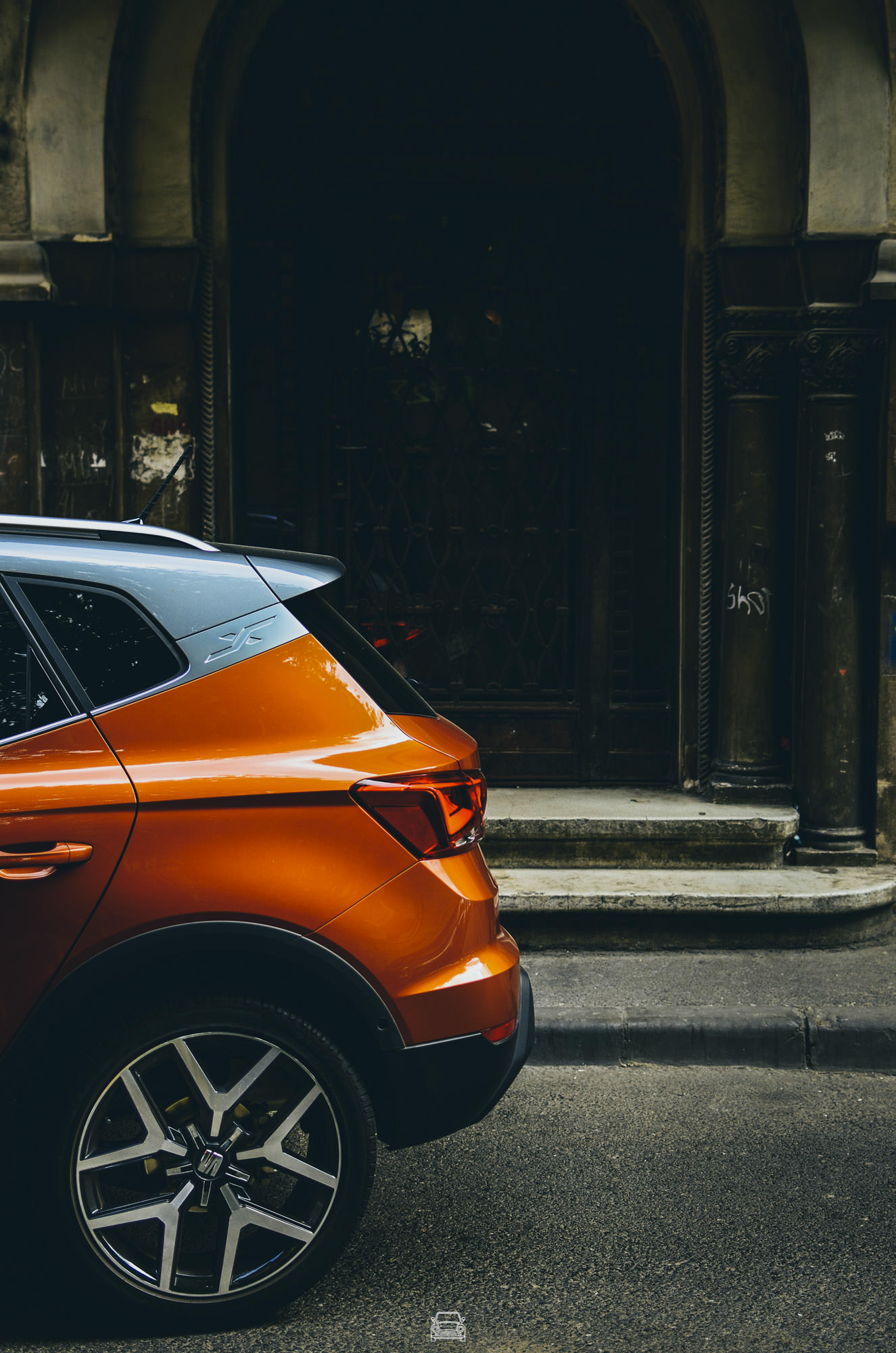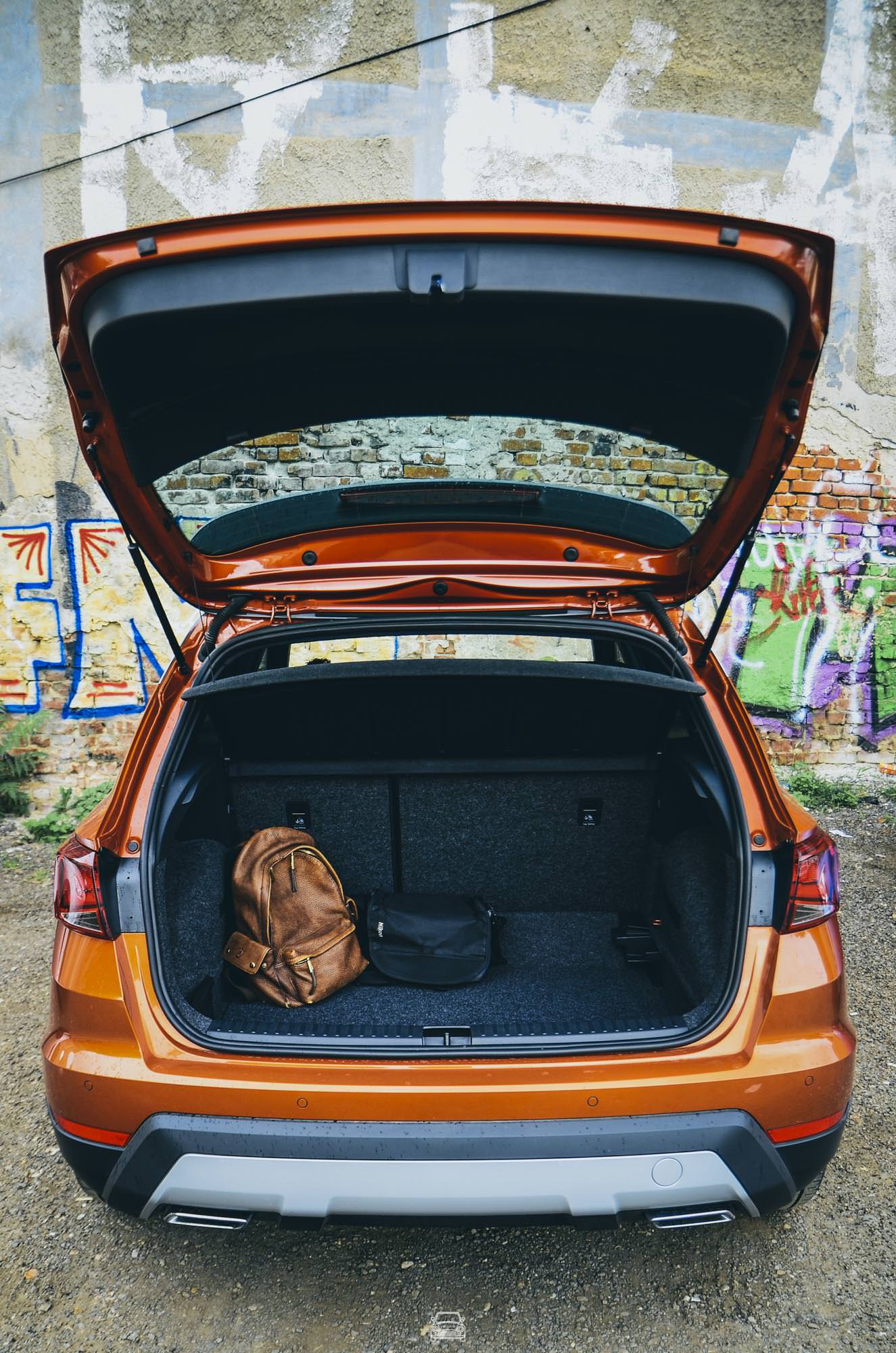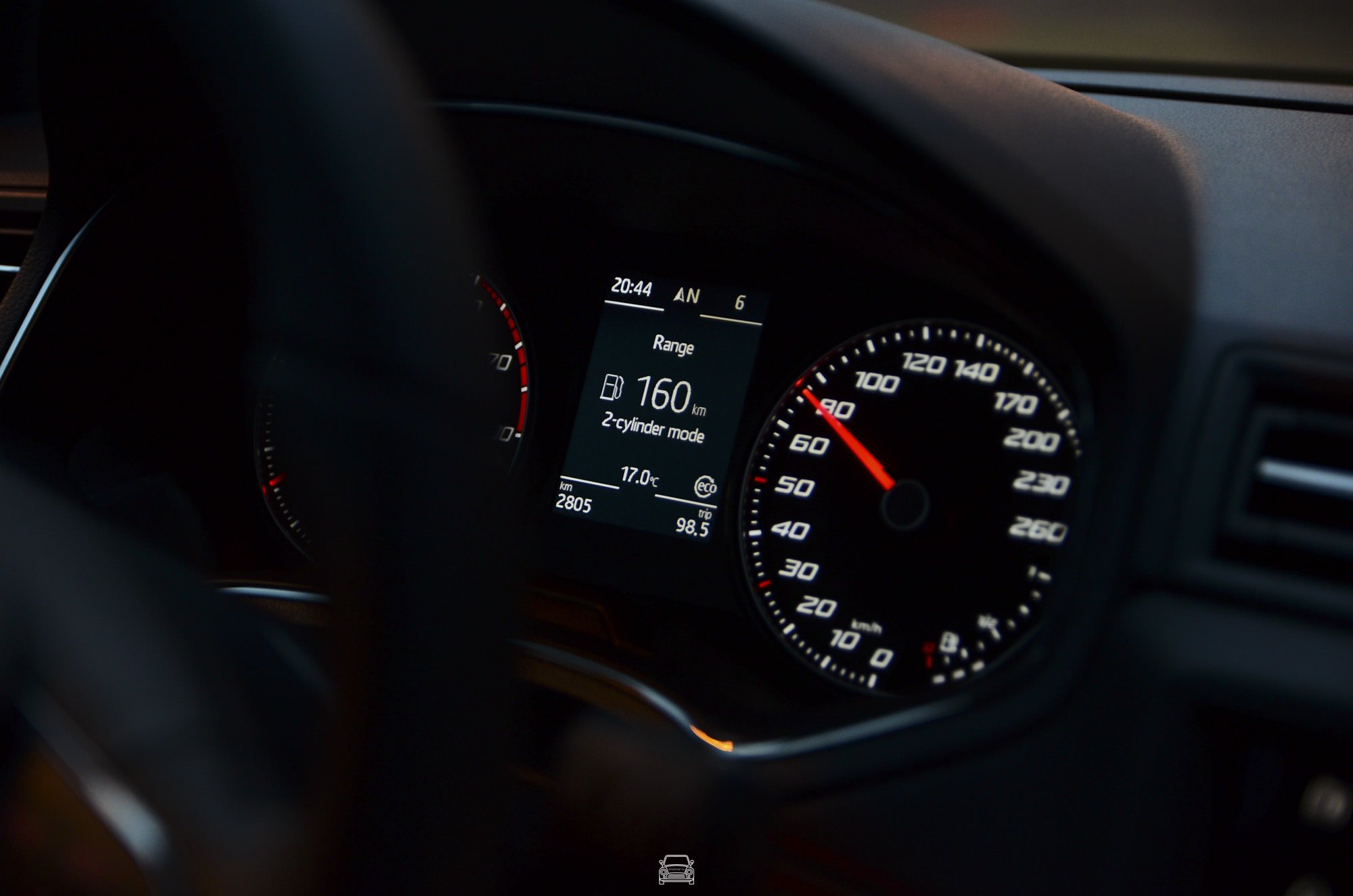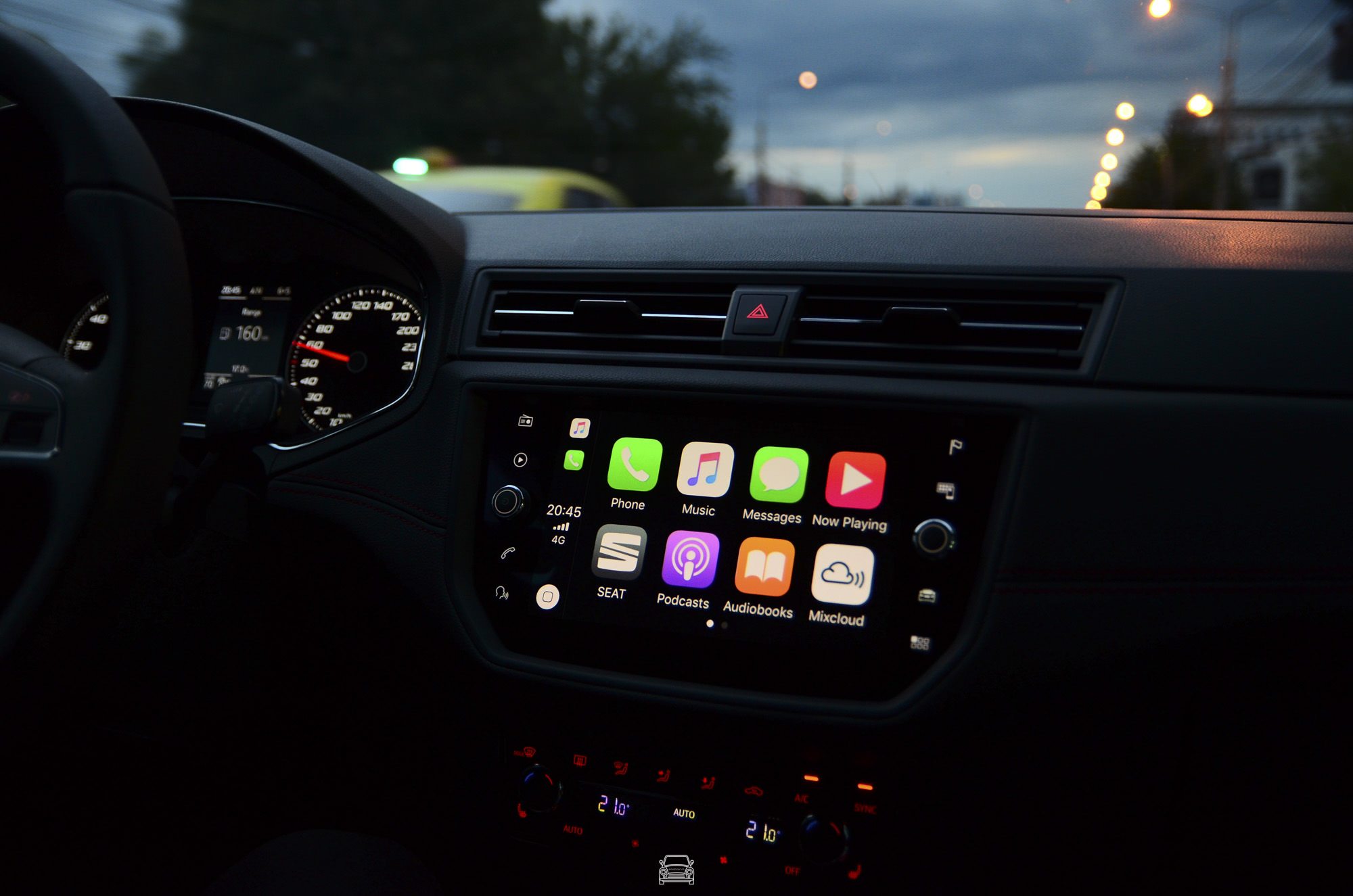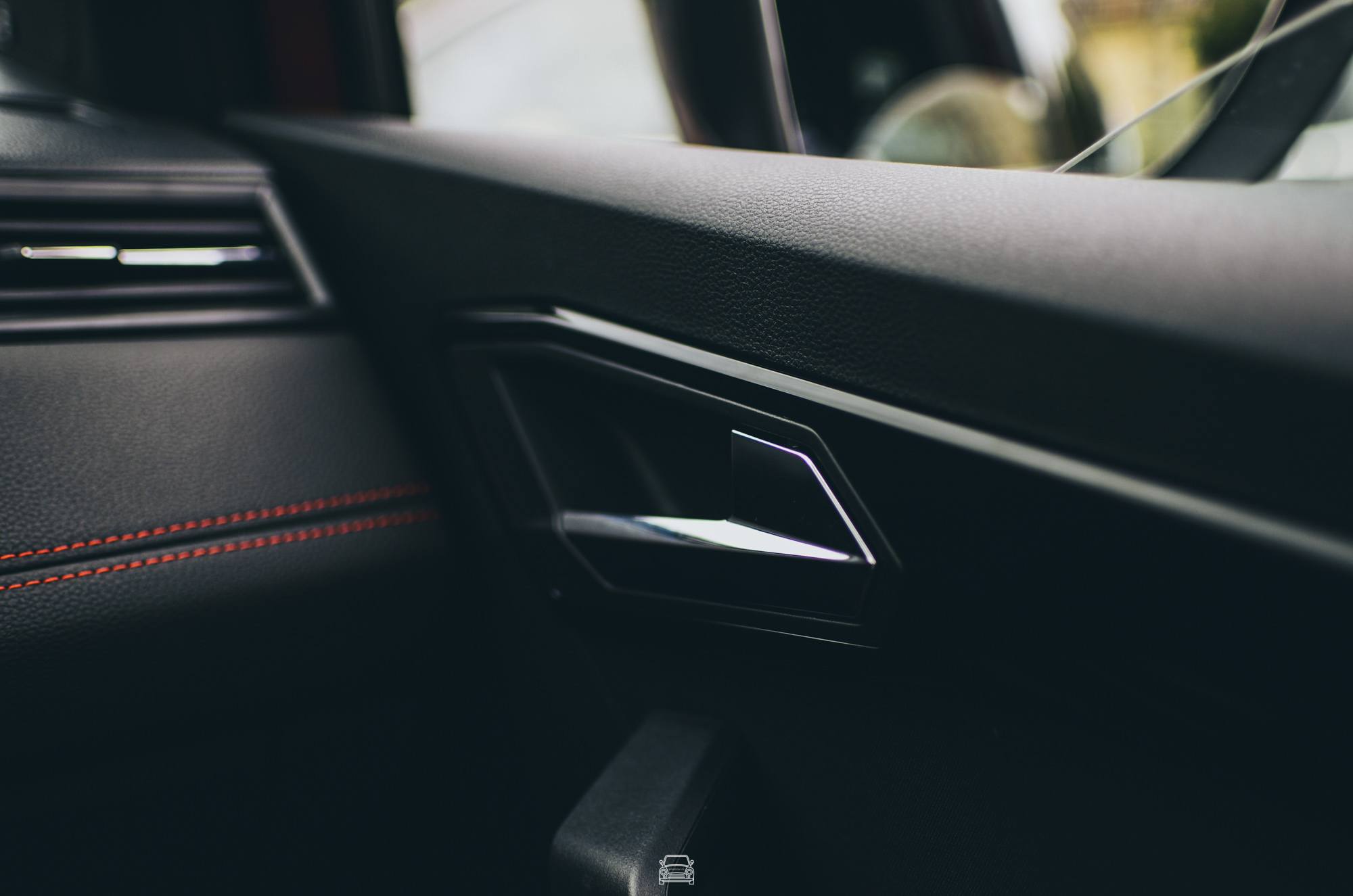[vc_row gap=”30″][vc_column el_class=”sthpcol”][vc_column_text]The last festival. The last bath in the sea. The last beer enjoyed with your feet in the sand … The end of summer is like a rollercoaster that, just when it seems it’s about to stop, it spirals down faster. In all this turmoil of travels, unpacked luggage, souvenirs brought from god knows which corner of the beach (btw, do you leave the beach with stones in your pockets? :)) ) mixed with emails, deadlines and who knows what other office work, I have a few havens – one is my Leo, about whom I never hide the fact that he made me irredeemably fall in love with the Seat brand.
So, as a true super fan, I got very excited when I came face-to-face with this clockwork orange Arona, the protagonist of this story. The unmistakable silhouette and charming eyes whispered ‘let’s get away from the city,’ but my schedule said ‘if you do not finish what you have to do you’ll end up working during the night of the rally’ … So, we agreed to go out in town, since I’ve been out of Bucharest for a while. In case I am waxing too poetically, what I mean is that the coherence between the structural lines of the bodywork and the interior of the new generation of Seat seems impeccable and extremely attractive, the full LED headlights being a kind of key vault that closes an almost perfect architecture.
Arona is, however, as a deconstructive work of art – on the one side, it maintains the initial image, but the final product has a more modern, courageous and ‘hipster-like’ makeover. The ‘sharp’ design of the Seat ends brutally, but nicely, with the thresholds and the massive plastic decorations from the inferior areas of the bumpers, while the pillars and the roof change colour to an industrial grey, separated by an embossed detail. It reminds me the kind of restoration that partly preserves an old building, intentionally adding an extension of modern, contrasting materials.
Unlike Ibiza, Arona can even wear 18’’ rims through the city without the driver grinding his or her teeth at every pothole, thinking about a flat tyre (believe me, a small difference between the 215/45 R18 tires vs. 215/40 R18 as specified in Ibiza matters a whole lot). With a 190mm ground clearance (15mm more than the one above), you could even relax. So, for the exterior looks, I’d give it a 10.
I get the feeling that this car inspires adventure, but with a few (quite a few) gadgets to keep you connected. When I opened the door, I was welcomed by the already-known features of the Seat range, but with some improvements: an 8’’ display with super responsive touch screen, Apple CarPlay and integrated navigation, a Beats Audio system that delivers a very balanced and full sound, last but not least, a QI wireless charger in the main compartment of the centre console – a feature which will most likely become the standard as soon as possible. Inside the front doors there are LED ambient light strips whose colour can be adjusted from the settings – it’s exactly the kind of cute whimper that makes you feel that a particular car has your personal touch.
The model I had for the test was the 1.5 TSI, a 6-speed manual gearbox with Start & Stop system and keyless access (Kessy, as Seat’s called it). With 150HP, 250Nm torque, front-ventilated disc brakes and 1147kg weight, Arona FR is agile, nothing special. The somewhat rigid suspension that comes with the Sport package gives it somewhat a better stability, but I feel it is neutralised by its higher height. You win some, you lose some.
But – and this is where the big BUT comes – the FR name is not what it used to be. With the clearer separation of Cupra as a brand on its own, I understand why FR has only become just another option package with a logo and 5% red inside the car. Back in the day, when you wanted a car ‘spicy’ enough you were looking longingly at the FR versions and you knew what you were paying hard money for. Now, with the awesome downsizing trend, even the 1.0 engines can be considered ‘FR’, and FR seats with a mix of textile-leather upholstery are history, the ones in the current generation simply having another design with some red stripes. Maybe I’m nostalgic, but we lost that sports pedigree feel that we, mortals, could’ve tasted without having to hijack a bank in order to buy a Cupra.
With the start & stop option and the deactivation of 2 cylinders, I expect the Arona FR to consume less than 7l /100km in the city even in the toughest conditions. The technical specifications say 5,1l / 100km mixed consumption and 6,3l /100km urban, which is realistic thinking that my Leo pulls 6.5l / 100km in urban areas (Leon FR 2014 1.4TSI 140HP). I didn’t drive Arona out of town too much, so I can’t give you other numbers.
When it comes to safety, I think it’s a very friendly car and eager to help you out in all sorts of different situations. In addition to classical stability and traction control systems, it has a great sensor for the blind spot, useful for changing lanes in traffic. Hill Hold Control is also wonderful because it eases on the clutch. Arona also comes with adaptive cruise control, fatigue detector, pedestrian detector and emergency braking for the city drives (by the way, I recently learnt in a controlled test that if you twist around with a newer Seat model, it automatically turns off your engine … RIP donuts). Obviously, it comes with Isofix and Top Tether systems for child seats, already standard in new cars.
As I said, it’s an adventure-ready car … if you wanna go alone to the park, because I can’t say I found the 40l tank and the small space in the back for the passengers to be a delight. In short, I wanted to take a fine photo of the Arona dashboard – I pulled back the driver seat to the max and tried to climb on the backseat. I just couldn’t because the seat was glued to the backseats. There is also the fact that I compare any hatchback trunk to my 2 labradors – who would only fit in there only if they suddenly turned into bichons (picture with my backpack for comparison).
The starting price for the base model (1.0 TSI 95HP) is 14,700 euros (VAT included) and the model I tested is 25,116 euros. Between the two, you have 10,416 euros with which to go nuts in the options catalogue (you just have to buy the full LED lights!) and with the engine versions.
I do not want to sound like a hater. My first car was an Ibiza and it made me fall in love with driving and long road trips across the country. I think the Arona is exactly the same, it’s just that it’s adapted to the new generation. It gives you a shallow sense of security that I do not really understand: maybe it’s the comfort of higher height or the exterior plastic elements, or perhaps the electronic systems help us delegate some tasks to sensors that cannot make mistakes. And the Arona with its 1.5 TSI engine FR version is a complete car, ready for an urban adventure, that would not disappoint you even if you went on a Europe tour, and for an organised couple (read – less luggage) it would be exactly the right fit.
I’m beginning to think that if the last car reviews I wrote would be gathered in a book, it would be called ‘In the search of the missing SUV’ … the search continues. Until next time!
*Thanks Seat România for the car![/vc_column_text][vc_column_text]
[/vc_column_text][/vc_column][/vc_row]
